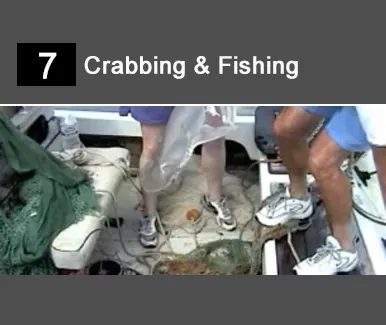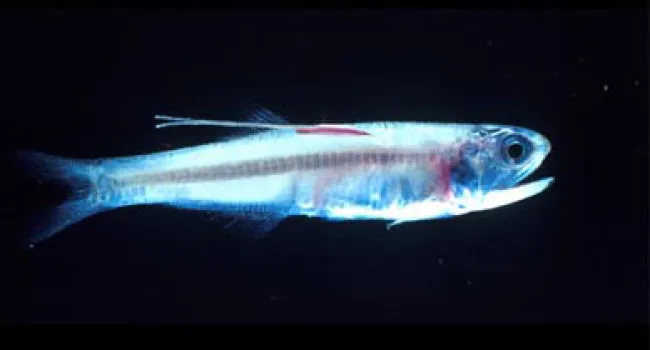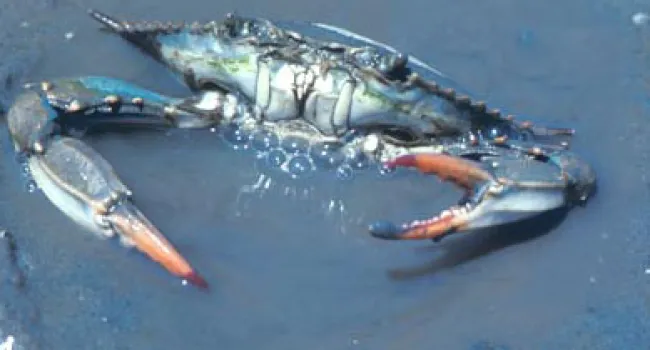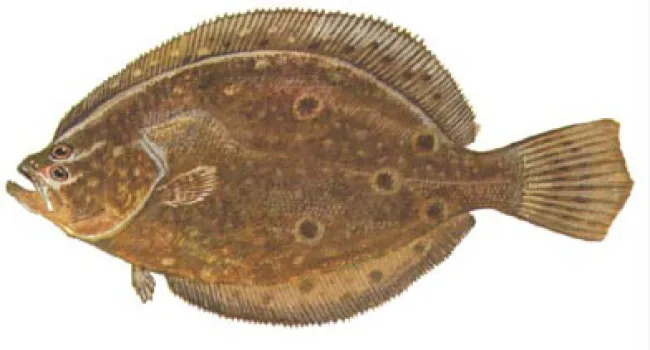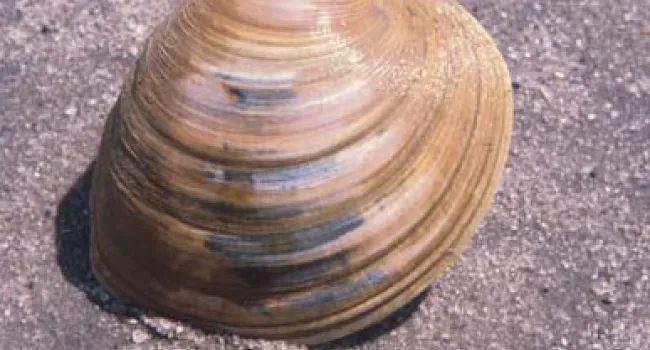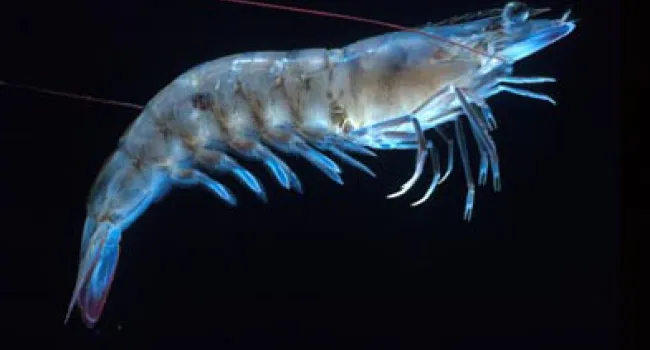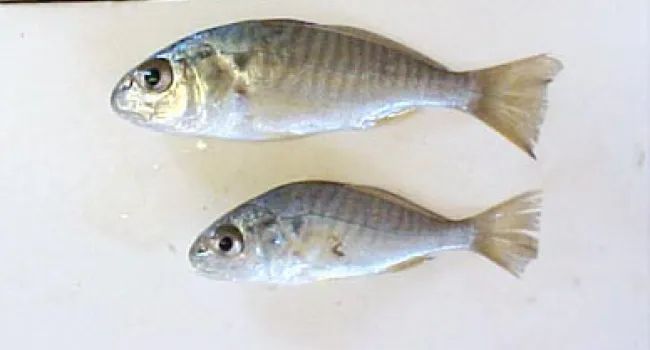The salt marsh is home to many animals, including some that people like to eat. Blue crabs are often caught in wire boxes called crab pots. Shrimp grow from tiny larvae to big adults while they live in the salt marsh. Hard clams also live in the salt marsh. They are buried just under the surface of the mud. People use clam rakes to find them.
People also like to eat the fish they catch out of the creeks that run through the salt marsh. Flounder, spot, and croaker are some of the favorites. The most abundant fish in South Carolina's marsh creeks, however, is the bay anchovy. It is a small fish that feeds on plankton and is eaten by many larger fish and birds.

